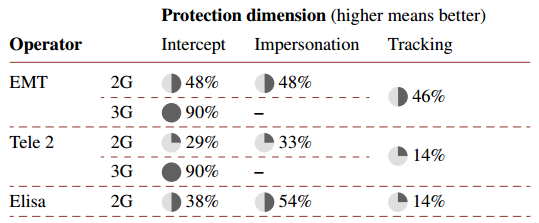
Student: Maksim Lind
Supervisor: Alexander Tkachenko
Reviewer: Ilya Verenich
Abstract: A number of attempts has been done to address the issue of mobile communication security. In this work, we describe an alternative solution, where security is enforced before any information reaches the phone. Sensitive information such as voice is processed in an external device and then passed into the mobile phone as an analog sound signal. The advantage of this approach is that the external unit and can be attached to any phone with a sound input. While building the system, we analyzed a number of existing solutions, tuned parameters and performed experiments.
Conclusion:
As a result, our system established a secure data connection with transfer speeds up to 2000 bps and a medial error rate of 21 percent. Because of the high error rate, the channel we provided was not reliable enough to carry a voice signal.
The work does not deal with key management problem, but assumes that both parties have established symmetric key beforehand.
The idea itself is pretty neat and has been commercialized by JackPair kickstarter project.
Links:
http://comserv.cs.ut.ee/forms/ati_report/datasheet.php?id=45531&year=2015


